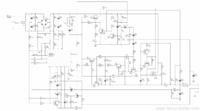Hello, I have a DeWALT DCD985M2 20V max drill with an original 120V charger. I would like to convert it to 230V, I sent a question to the manufacturer, what is the limitation. In response, I found out that the capacitor and the mosfet are the main limitation. I wonder if something else should be replaced and if I don't have to do anything with the transformer (rewind).
I found a similar topic topic2645725 except that this charger is not a toy that needs 30W, but about 200W, besides, I would rather connect the power supply directly to the socket than carry an additional transformer with me.
To the point, the capacitor marked in the photo is 220 uF 200V and the mosfet is 6R299P.


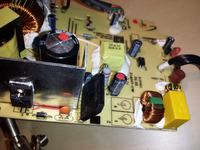
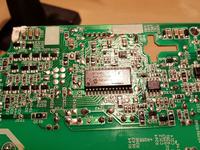
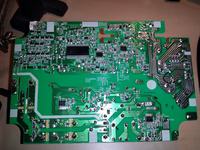
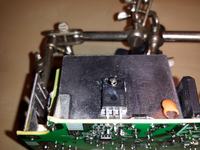
Unfortunately, all the integrated circuits have been polished by the manufacturer, so it will be difficult for me to read more markings.
I found a similar topic topic2645725 except that this charger is not a toy that needs 30W, but about 200W, besides, I would rather connect the power supply directly to the socket than carry an additional transformer with me.
To the point, the capacitor marked in the photo is 220 uF 200V and the mosfet is 6R299P.






Unfortunately, all the integrated circuits have been polished by the manufacturer, so it will be difficult for me to read more markings.




